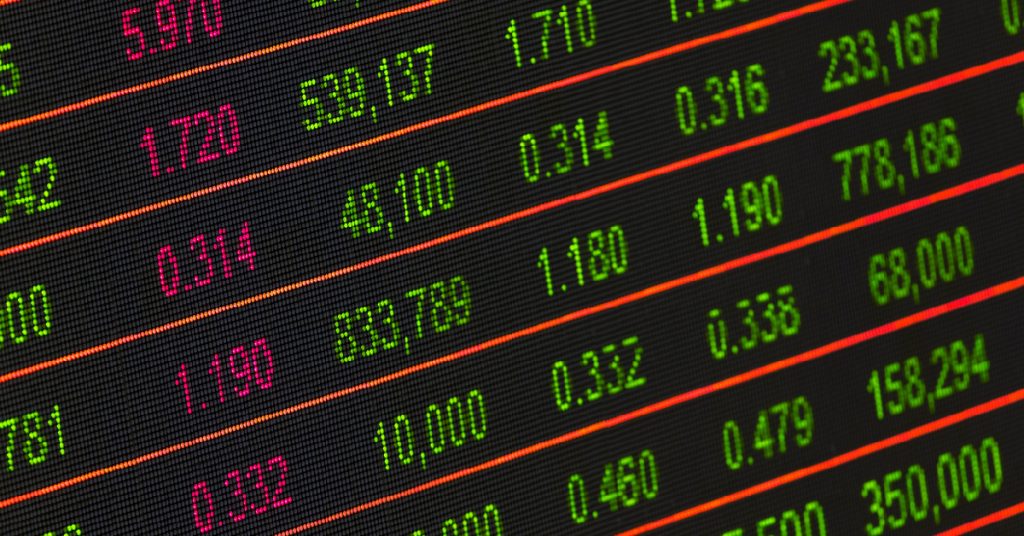In 2018 I delivered a Python Programming training at Israel Treasure Ministry. It was an opportunity to combine my knowledge in Economics (20 years earlier, I taught Economics at the Open University and wrote three books for students) with my programming skills. Python is a versatile and powerful programming language that has become increasingly prominent in economics. Python’s simplicity, efficiency, and extensive huge range of libraries have revolutionized the way economists approach data analysis, modeling, and decision-making.
Data Analysis & Visualization
The Python programming language provides us with many libraries and tools that streamline the development of applications that include data analysis and visualization. These libraries and tools allow economists to derive meaningful insights from complex economic data.
Statistical Modeling and Econometrics
Python’s extensive collection of libraries, such as StatsModels and scikit-learn, allows developers to estimate complex models, perform hypothesis testing, and evaluate economic relationships.
Simulation and Modeling
The simplicity and versatility of the Python programming language make it an ideal language for building economic models and conducting simulations. We can develop sophisticated models that replicate economic systems, and use them for scenario analysis and policy evaluation. Using libraries such as Pyomo and Gekko economists can solve optimization problems and formulate mathematical models in order to simulate economic behavior.
Data Collection
Python is well known for its various web scraping libraries, such as BeautifulSoup and Scrapy. Economists can use these libraries for gathering economic data from various online sources. Using these libraries, economists can automate the process of collecting data from websites, APIs, and other online repositories. By doing so, economists can access various economic indicators, financial market data, and social media sentiment, and use them for making data-driven predictions.
Machine Learning
Economists can use machine learning techniques for analyzing economic phenomena and making predictions. Python’s machine learning libraries, such as TensorFlow, and PyTorch, provide economists with a rich toolkit for building predictive models. Machine learning algorithms can be used to forecast economic variables, identify patterns in financial markets, detect anomalies in data, or perform sentiment analysis on social media. Python’s ecosystem supports the entire workflow, from data preprocessing to model training and evaluation.
Python enables economists to harness the power of data-driven analysis, complex modeling, and decision-making. Its versatility, extensive libraries, and vibrant community contribute to its popularity in economics. With the growth of data and its complexity, we can expect more and more economics to use Python. We continuously develop professional courses and seminars for software developers and fresh beginners. Python is one of our main domains.










